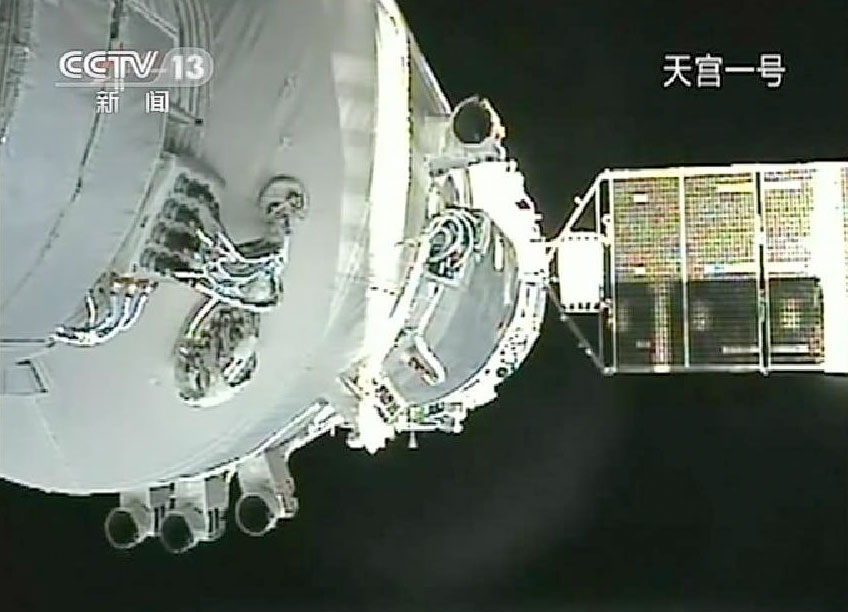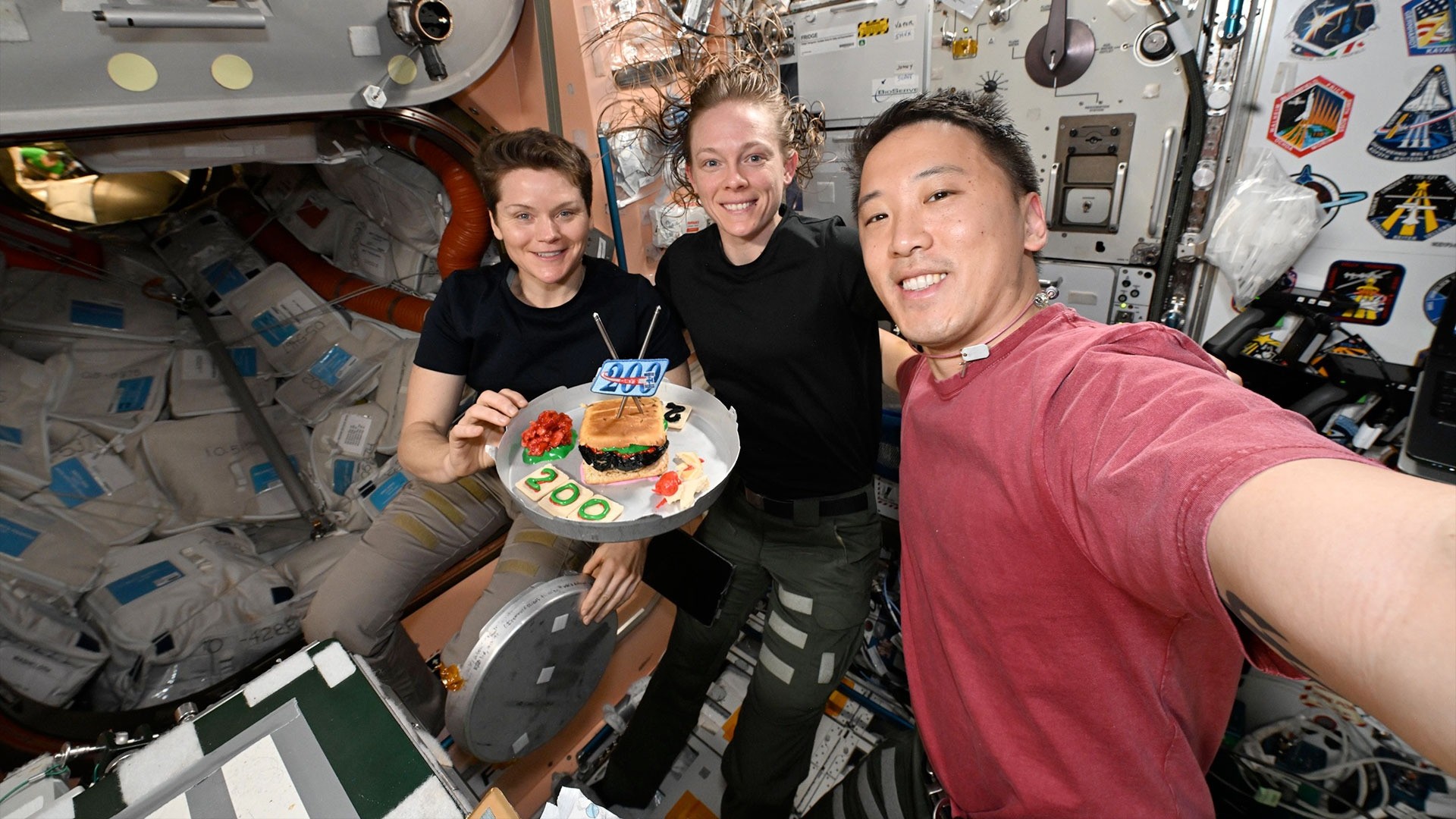Chinese Docking Spacecraft Readies for Return to Earth Thursday

A robotic Chinese spacecraft that executed the nation's first in-space docking has separated from its orbital partner in preparation for a return to Earth tomorrow (Nov. 17), according to news reports.
The unmanned Shenzhou 8 vehicle departed from the prototype space lab module Tiangong 1 at 5:30 a.m. EST (1030 GMT) today (Nov. 16), the Chinese state news agency Xinhua reported. Shenzhou 8 is slated to come back to Earth around 6:00 a.m. EST (1100 GMT) Thursday.
Shenzhou 8 launched Oct. 31 on a mission to rendezvous and dock with Tiangong 1, which is also unmanned. The two vessels linked up on Nov. 2 and had been zipping around Earth together until this morning, save for a brief spell Monday (Nov. 14) when Shenzhou 8 detached for an hour, then re-docked.
Shenzhou 8's mission has been hailed as a big success in China, which regards it as a key milestone in the nation's march to build a 66-ton space station by 2020. The ability to link up robotic spacecraft in orbit is seen as a necessary step toward that goal.
"Acquisition of the space docking technology is vital to China for implementing the three-phase development strategy of its manned space program," said Wu Ping, spokeswoman for China's manned space program, according to Xinhua.
After Shenzhou 8 touches down tomorrow, scientists and engineers will examine the vessel and analyze its data, officials have said.
Tiangong 1, which launched Sept. 29, will remain on orbit to await more docking partners. China plans to launch two more craft, called Shenzhou 9 and Shenzhou 10, toward the space lab in 2012. At least one of those missions will be manned, Chinese space agency officials have said.
Breaking space news, the latest updates on rocket launches, skywatching events and more!
The docking missions are part of China's ambitious human spaceflight plans. The nation is just the third country, after Russia and the United States, to develop spacecraft capable of flying humans to space and back. China has launched three manned space missions, one each in 2003, 2005 and 2008.
You can follow SPACE.com senior writer Mike Wall on Twitter: @michaeldwall. Follow SPACE.com for the latest in space science and exploration news on Twitter @Spacedotcom and on Facebook.
Join our Space Forums to keep talking space on the latest missions, night sky and more! And if you have a news tip, correction or comment, let us know at: community@space.com.

Michael Wall is a Senior Space Writer with Space.com and joined the team in 2010. He primarily covers exoplanets, spaceflight and military space, but has been known to dabble in the space art beat. His book about the search for alien life, "Out There," was published on Nov. 13, 2018. Before becoming a science writer, Michael worked as a herpetologist and wildlife biologist. He has a Ph.D. in evolutionary biology from the University of Sydney, Australia, a bachelor's degree from the University of Arizona, and a graduate certificate in science writing from the University of California, Santa Cruz. To find out what his latest project is, you can follow Michael on Twitter.
